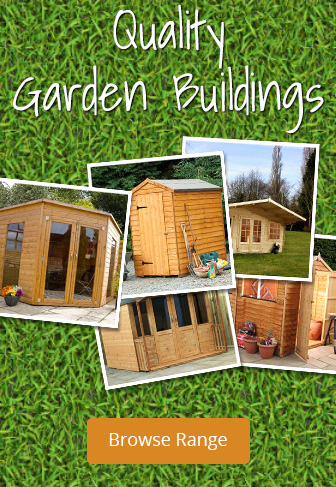How to Use a Cold Frame
If you think you can’t grow anything during the winter months, think again. With the right equipment, you can make the most of every bit of sunlight and warmth you might get.
Cold Frames are ideal for extending the growing season throughout the winter. They provide protection for young plants that may not otherwise survive the cold weather, and make it easier to cope with sudden changes in temperature.
We’ve put together a useful guide to guide you in using a cold frame, and how to make the most of it.
Advantages and disadvantages
There are pros and cons to everything, aren’t there? Cold Frames are the same.
- They protect young plants from wind and rain
- They prevent them being killed off by frost
- They keep plants warmer at night
- They can extend the growing season
- A smart alternative to a greenhouse
- Ideal for small spaces
Disadvantages:
- Can find it difficult to withstand strong winds
- There can still be vast fluctuations in temperature inside
- Space is limited inside each one
How to start off your seeds
The best way to start your seeds is indoors on a sunny windowsill. Buy some seed trays and fill them with new earth before popping one or more seeds into each one. Check the instructions on the seed packet to determine the exact requirements for each type of plant.
Remember to use seed markers or labels to keep track of what’s in each tray, and do this as you go along. It’s easy to get excited and start planting lots of different seeds… only to realise after half an hour that you don’t have a clue what’s in each tray.
Once they’re safely planted, keep an eye on them and make sure you water them regularly. Don’t overwater, but ensure you keep the earth moist. Once seedlings appear, don’t get them wet as it can lead to rot.
Hardening off
So, you’ve nurtured your seeds indoors and now they’ve grown into seedlings. You’ve put a lot of effort in so you need to make sure they won’t perish by exposing them to the elements too early.
This is where ‘hardening off’ comes into play. This is the process of introducing your seedlings to the outside world without shocking them. You can use your cold frame for this. Pop the seedlings inside during the day and make sure they aren’t exposed to any breezes or severe changes in temperature. If need be, you can add a layer of bubble wrap to the inside of the cold frame to help insulate it further.
No matter how mild it might be, make sure you bring your seedlings in at night. The sudden drop in temperature could easily finish them off. You’ll need to do this for a couple of weeks at least before the plants can stand being kept in the cold frame all the time. On mild days, you could crack open the lid of the cold frame a notch to ensure air circulation. However, make sure you shut it again before the temperature drops and it gets dark, to protect the plants at night.
Where should you position a cold frame?
Drainage is very important, so you should make sure you place the frame on a surface that allows excess water to easily drain away. This could mean placing it directly on a flower bed, or on some gravel or stones.
If you do place it on earth, use some bricks or something similar, to create a surround for the frame first. This ensures you don’t put the frame on the earth, as this will reduce its lifespan and lead to rot occurring. Make sure you purchase a cold frame that is pressure-treated if possible, as this will prolong the life of the product.
Try and pick a spot that is sheltered from the worst winds, yet will receive some sunlight. Remember, you can always prop open the lid of your cold frame during the day if it gets unseasonably warm. Protecting it from storms and bad weather is harder once it is in place.
Ideal plants to grow in cold frames
While your cold frame will help protect plants during the winter, it won’t allow all plants to thrive. Anything that requires warm conditions should be left until spring at least.
Carrots are ideal for growing in a cold frame though, especially since you can set it up ahead of time to ensure the earth underneath the frame is warmer. Spinach is a sure-fire winner, as are leeks, and they can all be used in a variety of winter recipes. You can even get away with planting salad crops such as lettuce that would otherwise perish without the protection.
Which crops will you try in your Cold Frame once you have one?






